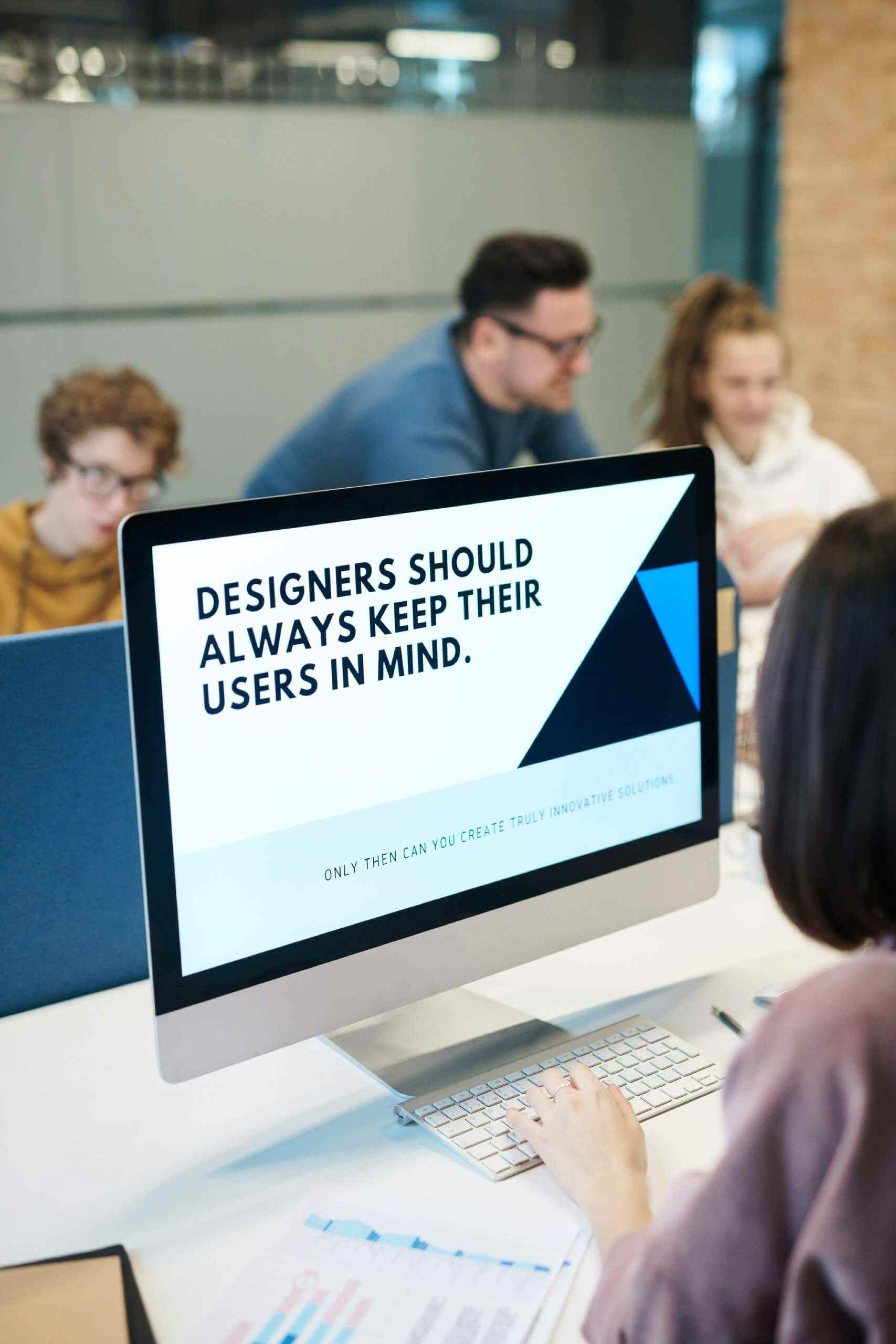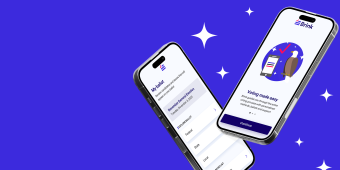In today's digital landscape, creating technology that works for everyone isn't just the right thing to do—it's essential for building products that truly succeed. At TXI, we've made accessibility a cornerstone of our approach to digital product development, recognizing that inclusive design leads to better experiences for all users.
Accessibility as a core value
How TXI is building better digital experiences for everyone

Why accessibility matters
Accessibility represents a fundamental business imperative that extends far beyond compliance with regulations. When we design and build digital products that are accessible, we dramatically expand their reach to the widest possible audience—including the over one billion people worldwide living with disabilities. Accessibility improvements often have farther reaching benefits that impact users without disabilities as well. When we consider users with situational or temporary disabilities, the potential scope of impact becomes even greater. Our human-centered design philosophy recognizes that accessibility features often benefit everyone, not just users with disabilities. We've found that accessibility constraints drive innovation, challenging teams to develop creative solutions that benefit all users. Perhaps most importantly, we view accessibility as an ethical responsibility, as digital experiences have become essential to modern life.
Building accessibility into our process
At TXI, we take a sustainable, agile approach to accessibility, integrating accessibility considerations from the earliest stages of product development. This proactive approach prevents the costly retrofitting that often happens when accessibility is left until the end. Some estimates suggest the cost fixing accessibility defects that have made it into production are up to 30 times more costly, compared to the cost of implementing accessibility from the beginning. Our cross-functional, collaborative approach ensures accessibility is everyone's responsibility, from designers considering accessible color contrast to developers implementing semantic HTML. We pride ourselves on pragmatic innovation—finding practical ways to implement accessibility within project constraints. Continuous learning is essential in this ever-evolving field, with our team staying current with standards and emerging best practices. By embedding expertise throughout our teams, we've created an environment where accessibility knowledge isn't siloed but distributed across roles.
Accessibility for everyone
Taking inspiration from other industry leaders, we developed our own accessibility training program, "Accessibility for Everyone," which ensures every TXI employee understands the fundamentals of digital accessibility. Topics include the Accessibility Tree, Accessibility Guidelines and the Law, understanding the role of focus and keyboards, and providing a hands on exercise to learn about screen readers. Having every new employee go through the program equips everyone on the team with shared language and common goals.
We’ve also developed our own unique "AccessiBites" program, which delivers bite-sized accessibility education that makes learning more flexible for busy team members. We practice continuous improvement in our training approach, evolving our materials based on feedback and incorporating new developments in accessibility standards and technologies.
Accessibility champions
At TXI, accessibility is a shared responsibility for all roles and positions. To clarify and coordinate our efforts, each project team at TXI has a designated Accessibility Champion who advocates for accessibility throughout the development lifecycle. Champions facilitate knowledge sharing across the organization, bringing teams together to address complex accessibility challenges with innovative, practical solutions. By spreading lessons learned between projects, we ensure that we don’t waste time “re-inventing the wheel”, preserving time and development effort that can be focused on building core features and delivering business value.
Measuring impact
To provide guidance for our teams and track progress, we introduced an accessibility process planning tool we call the Accessibility Roadmap. Accessibility Champions use the Roadmap to integrate accessibility practices into the daily work of the team. The specific path might be different for every team, but most teams will go through some version of this cycle:
- Discuss roles as a team
- Learn about accessibility requirements specific to the product, client, and domain
- Check for accessibility issues
- Share recommendations with our clients for review and prioritization
- Fix things!
The Roadmap provides clear best practices and resources, while giving each team control over the details of implementation. We've developed a prioritization approach that helps teams focus on high-impact accessibility improvements that will make the biggest difference for users. Implementation metrics allow us to track the adoption of accessibility best practices across our organization. Comprehensive test coverage ensures we catch accessibility issues early with automated testing and QA.
The vision: accessibility by default
At TXI, we're working toward an accessibility-first mindset, moving from "checking for accessibility" to designing with accessibility from the start. Our integrated approach aims to make accessibility a seamless part of our delivery process—as natural as considering performance or security. We're committed to community impact, extending our accessibility work beyond our immediate projects through educational content and mentorship opportunities. Our vision for the future is ambitious but clear: to make accessibility completely seamless in digital product development, where it's no longer a special consideration but simply how great digital products are built.
About the author:
Gilad Shanan is a Senior Engineer at TXI, where he also leads and coordinates the Accessibility Working Group. In his role as Agile Accessibility Coordinator, Gilad helps drive TXI’s transformation toward sustainable accessibility practices, working with teams across the organization to integrate inclusive design into their delivery process.
Published by Gilad Shanan in Accessibility

Find out how intelligent solutions can accelerate growth for your organization.


